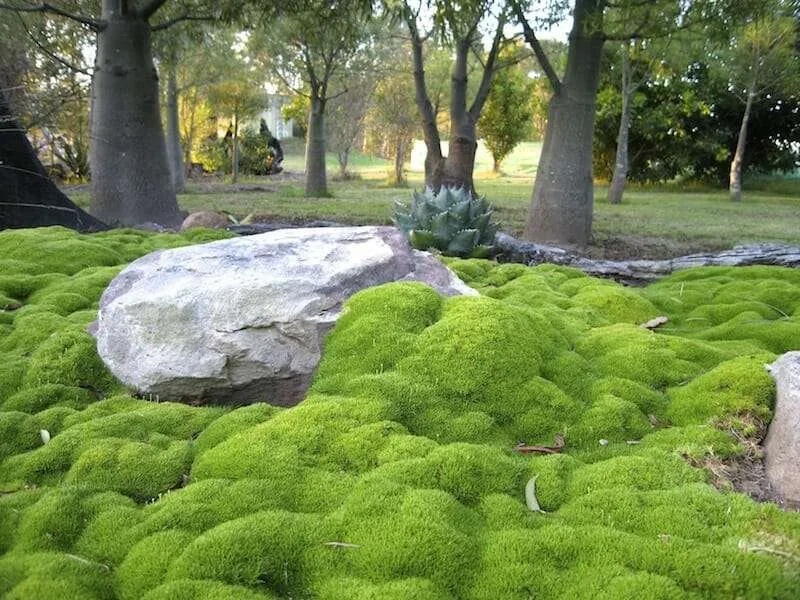Hummingbird Mint, Agastache
The common name really says it all. If you adore hummingbirds (who doesn’t) and want more (you betcha) to visit your garden, then consider adding some Agastache to your plantings. I’m always on the prowl for pollinator-friendly plants that don’t demand a lot of water or attention and have a lot to offer in the color department. This plant delivers on all fronts.
Hummingbird mint, also called anise hyssop or licorice mint, is a fragrant perennial herb with nectar-rich tubular flowers that come in an array of colors: red, apricot, yellow, purple, blue, red, and white. Turns out that the pink and orange-flowered Agastache are hummingbird magnets, while the blue-flowered ones are bee and butterfly favorites. Whichever color you choose, these pollinator powerhouses bloom summer to fall and can be quite versatile in the garden.

There are 22 Agastache species, a large number of which hail from the US Southwest and northern Mexico. This means it’s a great plant for high desert climates and xeriscapes where you could mix them with succulents, sedums, and other drought-tolerant plants. Or, you consider adding them to a meadow planted with ornamental grasses, rudbeckias, asters, and yarrows. Agastache is also ideal for narrow curbside beds mixed with other fragrant favorites like nepeta, lavender, and thyme.

The name Agastache comes from Greek words that essentially mean a large ear of grain, referring to the numerous flower spikes. The main requirement for all Agastache is that you plant it in a very hot and sunny spot with sharp soil drainage to prevent root rot and adequate air circulation to prevent powdery mildew. Agastache also appreciates routine watering for the first growing season to let it settle in, then deep soaks infrequently after that. Once planted, Agastache will reliably come back each year in USDA zones 5-9 if it is not over-watered or overfed. Otherwise, treat this plant as a colorful annual to be added to pots and containers—the hummingbirds and other pollinators won’t care where you plant it just as long as you do.
Cheat Sheet

- Thanks to its strongly scented foliage, deer and rabbits leave this plant alone.
- The edible minty foliage and flowers can be used to make tea and potpourri, or for culinary purposes. Agastache foeniculum is a good choice for this.
- Plant with other late summer and fall favorites like echinacea, lavender, salvia, and goldenrod.
- Perfect for pollinator, water-wise, herb, cottage, or meadow gardens. Also great in containers.
Keep It Alive

- Prefers a hot and sunny spot to promote a compact habit and tons of blooms.
- Plant in well-draining soil. In moisture-rich soil, Agastache will act like an annual and croak in the winter.
- Appreciates a mulch of crushed gravel to keep its crown dry in wet winters.
- Avoid cutting this plant back all the way in the fall. Leave some stems as protection until later spring when you can prune it back to the new growth.
- Deadhead spent flowers to promote re-blooming and prevent re-seeding.
- Not hungry at all, so skip the feeding process.
See also:
- Plant Based Diet: 16 Edible Flowers to Grow
- 8 Favorites: Fall-Blooming Flowers
- How to Plant a Pollinator Garden…in a Pot












Have a Question or Comment About This Post?
Join the conversation (0)